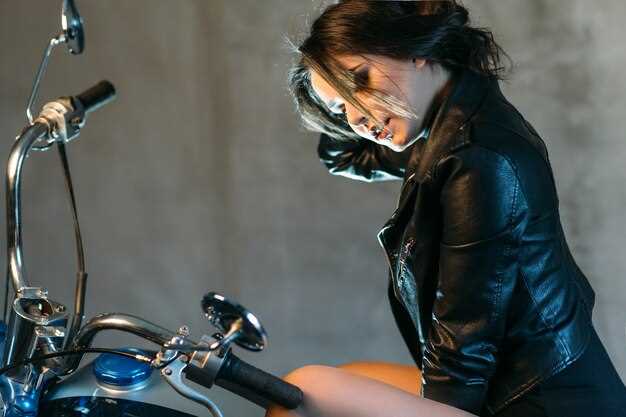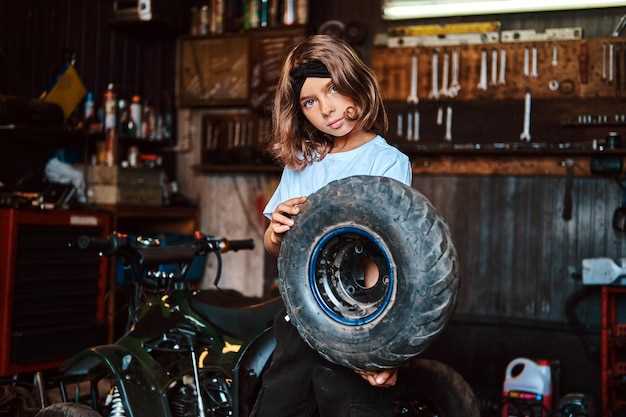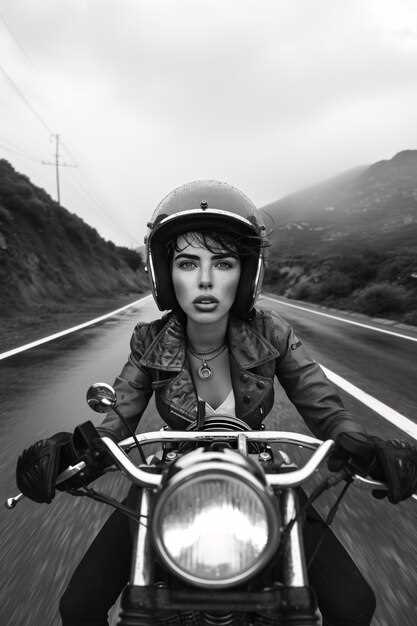

The world of motorcycles has long been dominated by a male-centric narrative, often overshadowing the significant contributions of women throughout history. However, as the motorcycle culture continues to evolve, it becomes increasingly evident that women have played pivotal roles in shaping the industry, breaking barriers, and redefining what it means to be a motorcyclist. From trailblazing racers to innovative engineers, these remarkable women have left an indelible mark on motorcycle history.
One of the earliest figures to challenge societal norms was Bertha Benz, who made history in 1888 as the first person to undertake a long-distance motorcycle journey. Her boldness not only showcased the practicality of motorized travel but also laid the groundwork for future female riders. Others, like Mary McGee, carved their paths in the racing world, earning respect and recognition in largely male-dominated arenas during the mid-20th century.
Moreover, as the industry expanded, women began to emerge in roles beyond riding. Barbara Cooper, for instance, transformed the design landscape of motorcycles, contributing her engineering expertise to create more accessible and user-friendly bikes. Today, the presence of women in both driving and engineering roles is essential to the motorcycle community, inspiring future generations to embrace their passion for the open road.
These influential women remind us that progress comes not only from the speed of the engine but also from the resilience and determination of those who dare to change the trajectory of history. As we delve into the stories of these exceptional women, we celebrate their triumphs and recognize their invaluable contributions to the world of motorcycles.
Trailblazing Pioneers: The First Women in Motorcycling

The history of motorcycling would be incomplete without acknowledging the remarkable contributions of women who defied societal norms to embrace this exhilarating mode of transportation. In the early 20th century, when motorcycles were predominantly associated with men, a few courageous women broke barriers and paved the way for future generations.
One of the earliest pioneers was Baroness Florence “Tilly” Shilling, who became a prominent figure in the 1920s and 1930s. In addition to being an accomplished engineer, she was an avid motorcyclist and racer. Shilling’s participation in competitions challenged the male-dominated racing culture, proving that women could excel in motorsport.
Another significant figure was Effie Hotchkiss, who, in 1915, became the first woman to ride across the United States on a motorcycle. Covering over 5,000 miles, her journey showcased not only her endurance and skills but also sparked interest among other women to pursue motorcycling and adventure.
Adeline "Addie" Fitzgerald made her mark in the 1920s as a skilled racer and one of the first women to earn a motorcycle racing license. Competing in numerous races, Addie’s tenacity and talent on the track shattered stereotypes regarding women and speed, demonstrating that passion knows no gender.
In the realm of motorcycle design, Mary McGee was a trailblazer in the 1960s as the first woman to earn a racing license from the American Motorcyclist Association. McGee not only raced but also inspired countless women to participate in motorcycle riding, emphasizing the importance of representation in the sport.
The efforts and resilience of these trailblazing pioneers laid the foundation for the growing presence of women in motorcycling today. As more women join the sport, their stories serve as a source of inspiration, empowerment, and motivation, fostering an inclusive community that continues to evolve and thrive.
Iconic Races and Events: Women Who Changed the Motorsport Scene

Throughout the history of motorsport, women have made significant breakthroughs, challenging stereotypes and breaking barriers in a male-dominated field. Iconic races have become platforms where their talents and determination shone brightly, forever changing the motorsport scene.
Denise McCluggage stands out as a pioneering figure in the 1960s, making her mark in both auto racing and journalism. As the first female journalist to achieve significant recognition in motorsport, she competed in events like the American Road Race of Champs and the prestigious 24 Hours of Le Mans. Her presence not only demonstrated women’s capabilities in racing but also paved the way for future generations to enter the sport.
Ginny S. McKinney, a trailblazer in motorcycle racing, became the first woman to compete in the Peoria TT, a challenging motorcycle race known for its technical obstacles. By participating in such a demanding competition, McKinney helped to legitimize women’s involvement in a sport often considered too dangerous for them. Her feats inspired many female riders who followed in her footsteps.
The 1977 Bottlebottom 500 featured the legendary Sarah Fisher, who became the first female driver to secure a full-time ride in the IndyCar series. Her participation not only challenged the norms of what a race car driver looked like but also encouraged more women to pursue racing careers. Fisher’s triumphs in events like the Indy 500 cemented her role as a role model for aspiring female racers.
Danica Patrick changed perceptions when she entered the racing circuit in the early 2000s. Her performance in the Indy 500, where she became the first woman to lead the race, marked a pivotal moment in motorsport history. Patrick’s achievements broke numerous records and highlighted the potential of female drivers in high-speed racing environments.
In motocross, Jolene Van Vugt gained recognition as a formidable competitor in events like the X Games. Her remarkable skills and fearless approach to challenging courses earned her respect and visibility, serving as an inspiration for female athletes in extreme sports.
Each of these women has contributed to reshaping the motorsport landscape, proving that passion and skill can defy stereotypes. Their participation and success in iconic races continue to influence a new generation of female competitors who are eager to leave their mark on this thrilling world.
Modern Innovations: Women Leading Motorcycle Design and Engineering
In recent years, the motorcycle industry has witnessed remarkable contributions from women in design and engineering roles. These innovators are breaking stereotypes and driving advancements that shape the future of motorcycling.
Several women have emerged as key figures in motorcycle design and engineering, making significant impacts through their creativity and technical expertise:
- Linda G. Sweeney: A pioneer in motorcycle ergonomics, Sweeney focuses on enhancing rider comfort and safety. Her research on rider posture has led to the development of more accessible motorcycle designs.
- Jamie Starke: As a lead engineer at a major motorcycle manufacturer, Starke has been instrumental in implementing lightweight materials and eco-friendly technologies. Her work in sustainable design is setting industry standards.
- Sarah Waugh: Waugh’s designs emphasize customization and personalization. She created a modular motorcycle concept that allows riders to modify their bikes easily, promoting individuality within the community.
- Alice K. Harris: Known for her innovations in electrical engineering, Harris has contributed to the development of electric motorcycles, focusing on battery efficiency and performance for long-distance travel.
The influence of women in this sector extends beyond mere participation; they are leading crucial innovations:
- Ergonomic Design: Women are rethinking traditional designs to enhance comfort, especially for diverse body types, ensuring a more inclusive riding experience.
- Green Technologies: Female engineers are at the forefront of developing electric and hybrid motorcycles, contributing to efforts aimed at reducing the carbon footprint of the industry.
- Smart Technologies: Innovators like Waugh are incorporating advanced technologies such as smart connectivity features, improving safety and enhancing the riding experience.
- Community Engagement: Women are also fostering community through workshops and events, encouraging more female participation in motorcycling and engineering fields.
These advancements not only lead to better motorcycles but also inspire a new generation of women to pursue careers in engineering and design. The future of motorcycling is bright, fueled by the innovations and leadership of women in the field.




